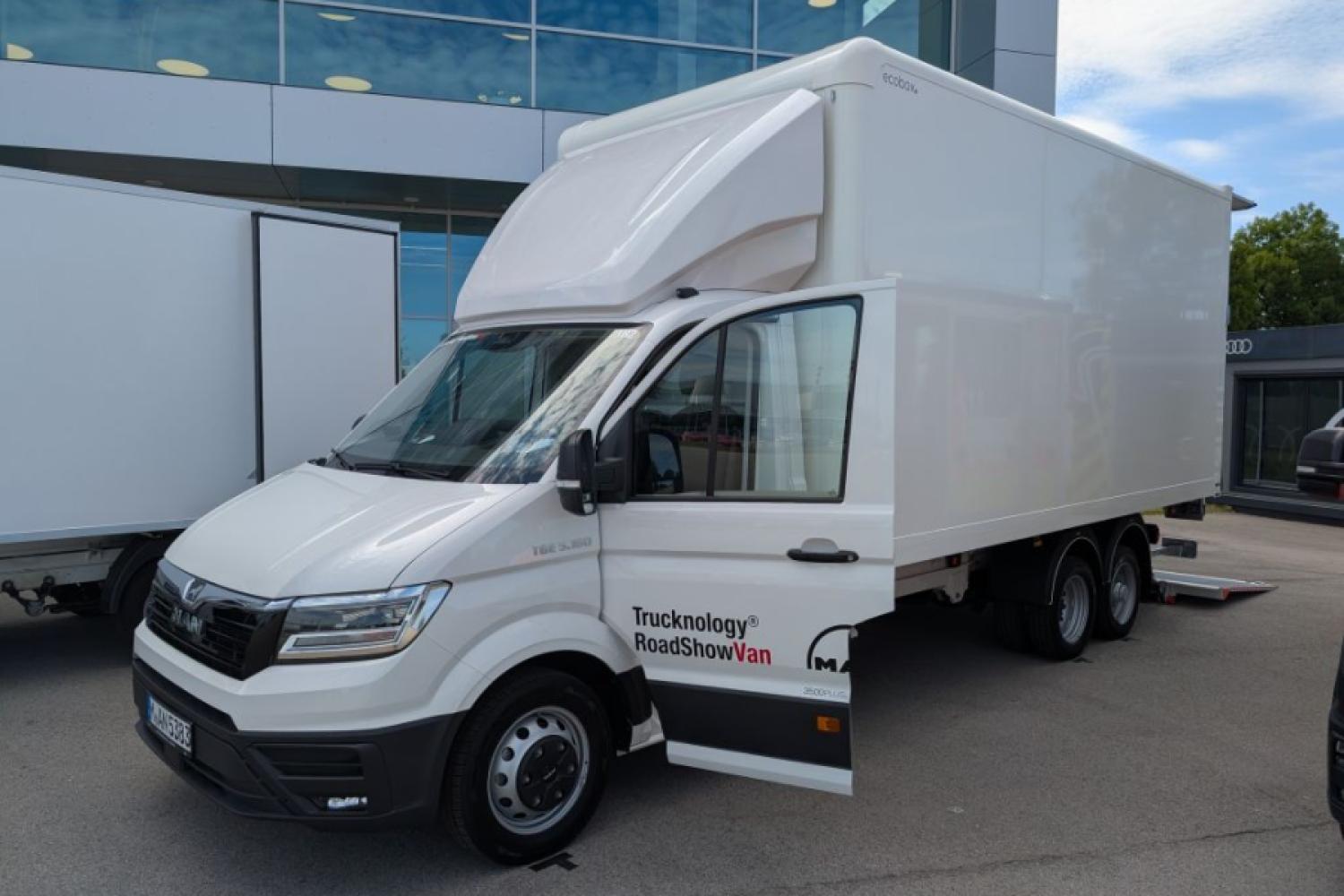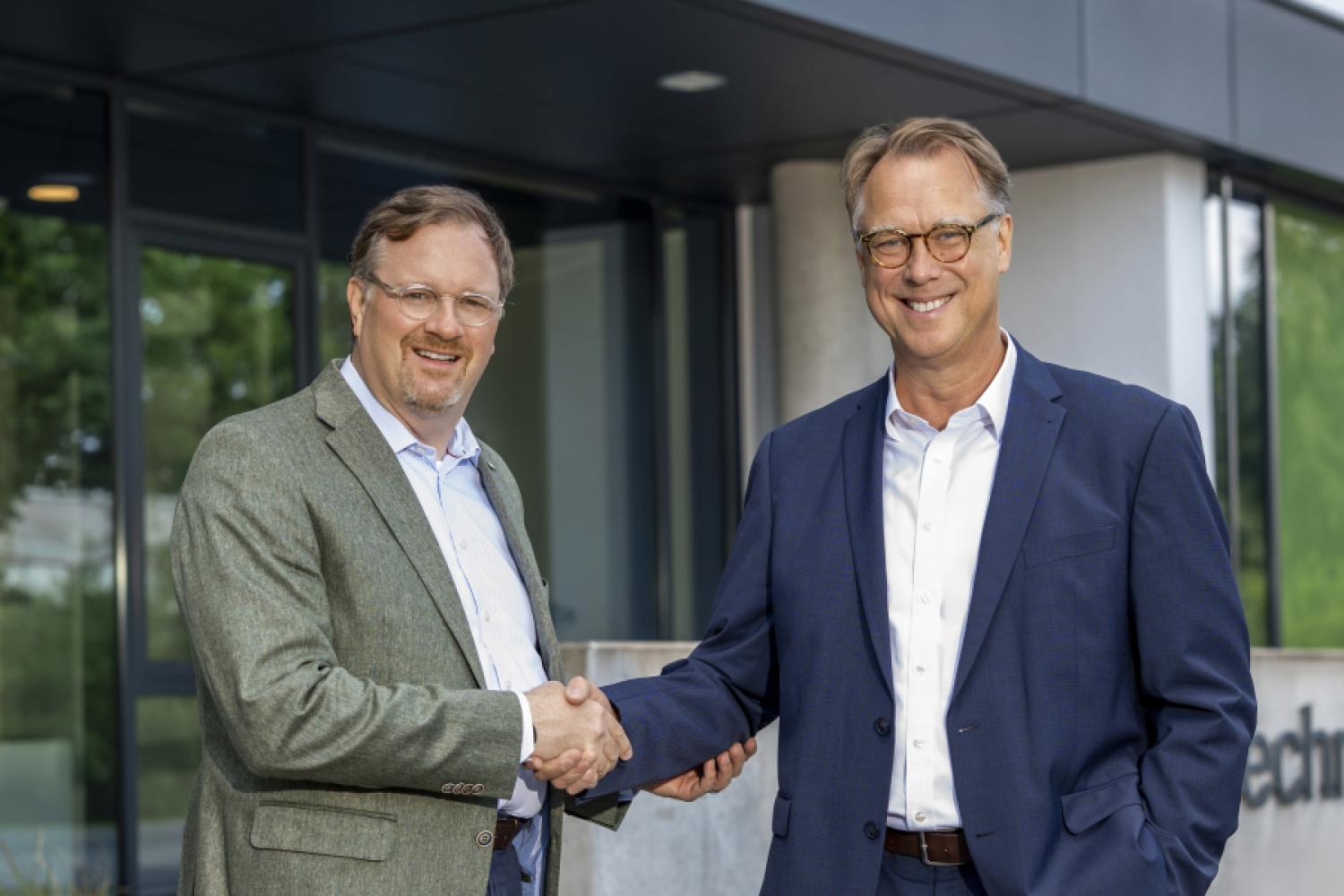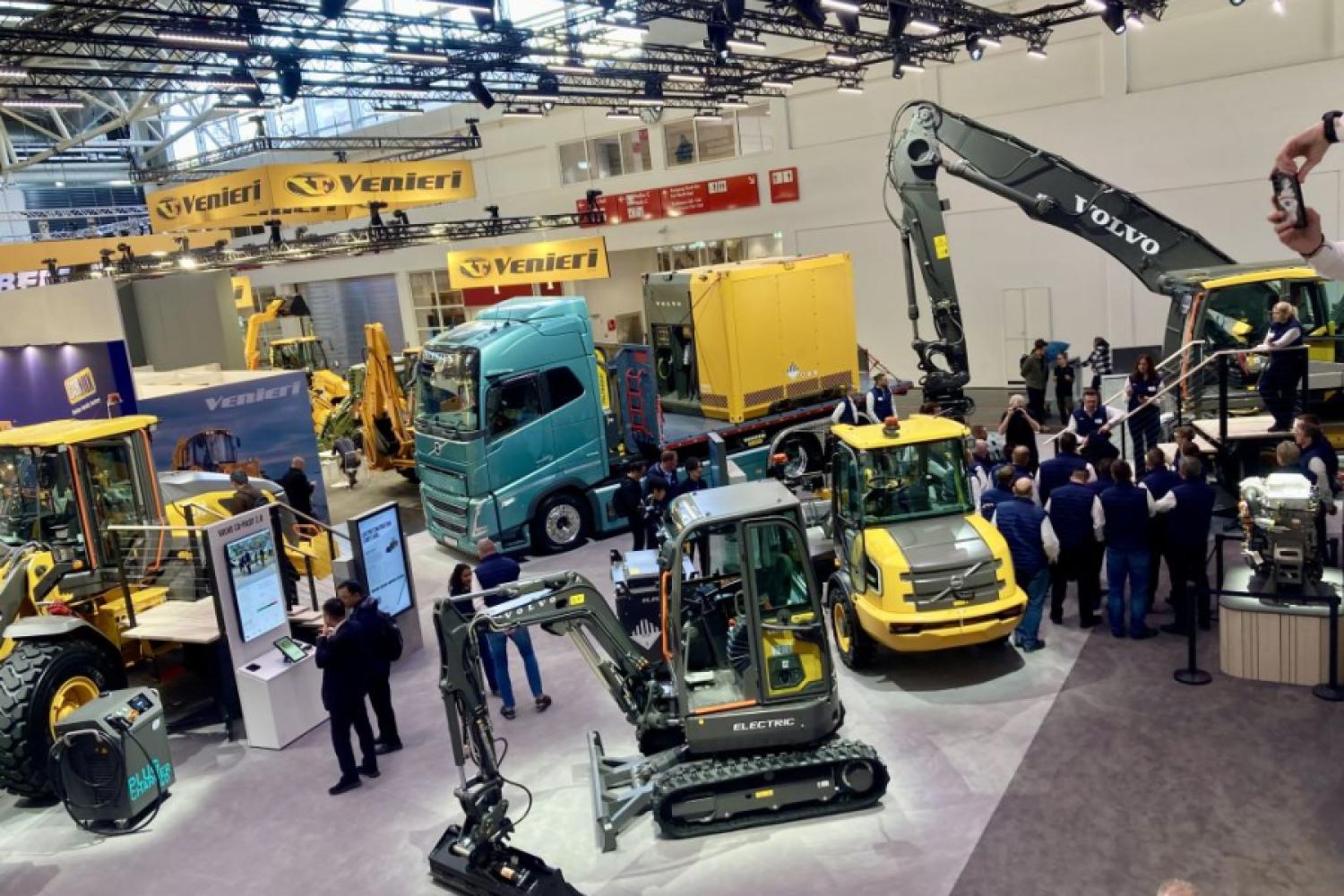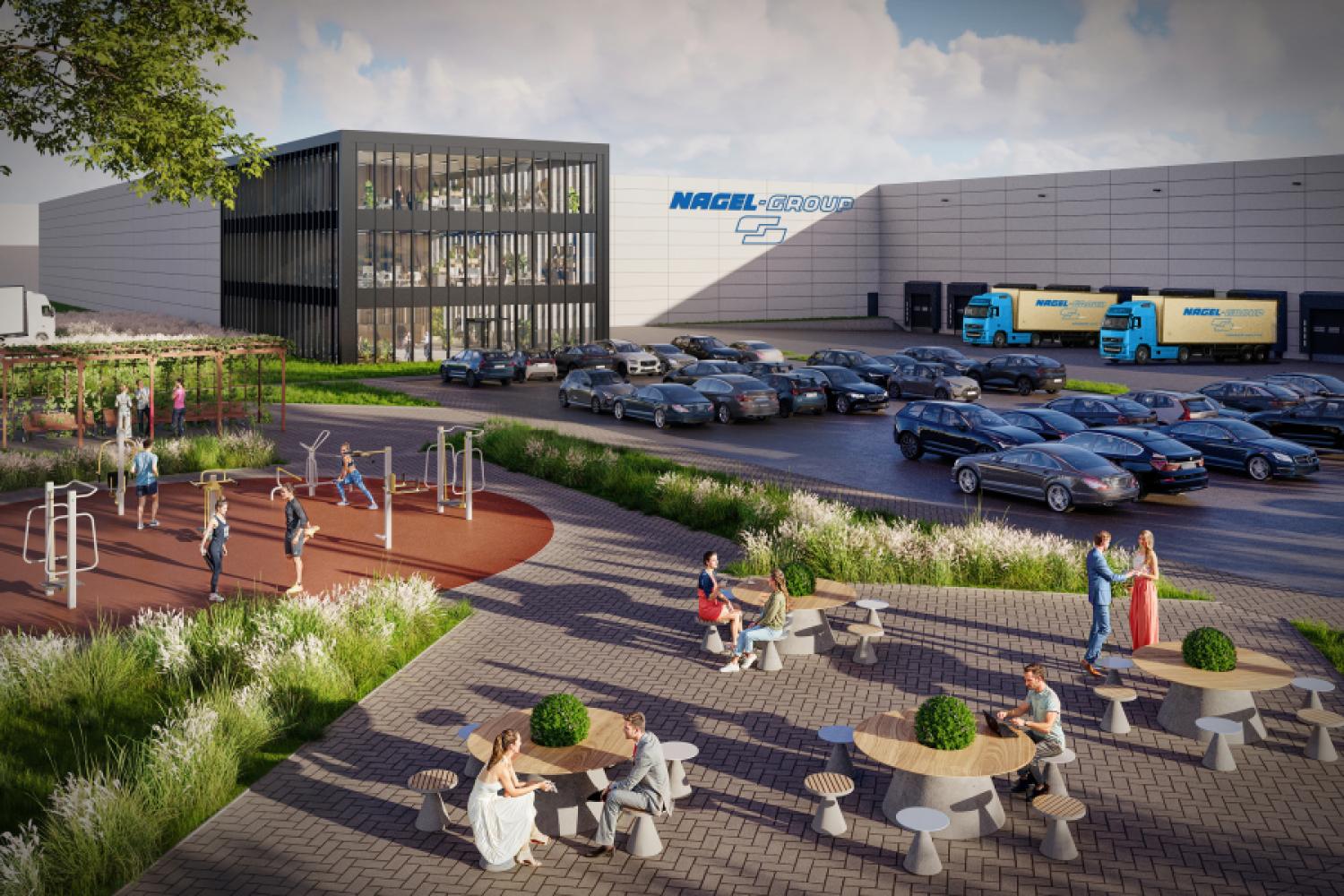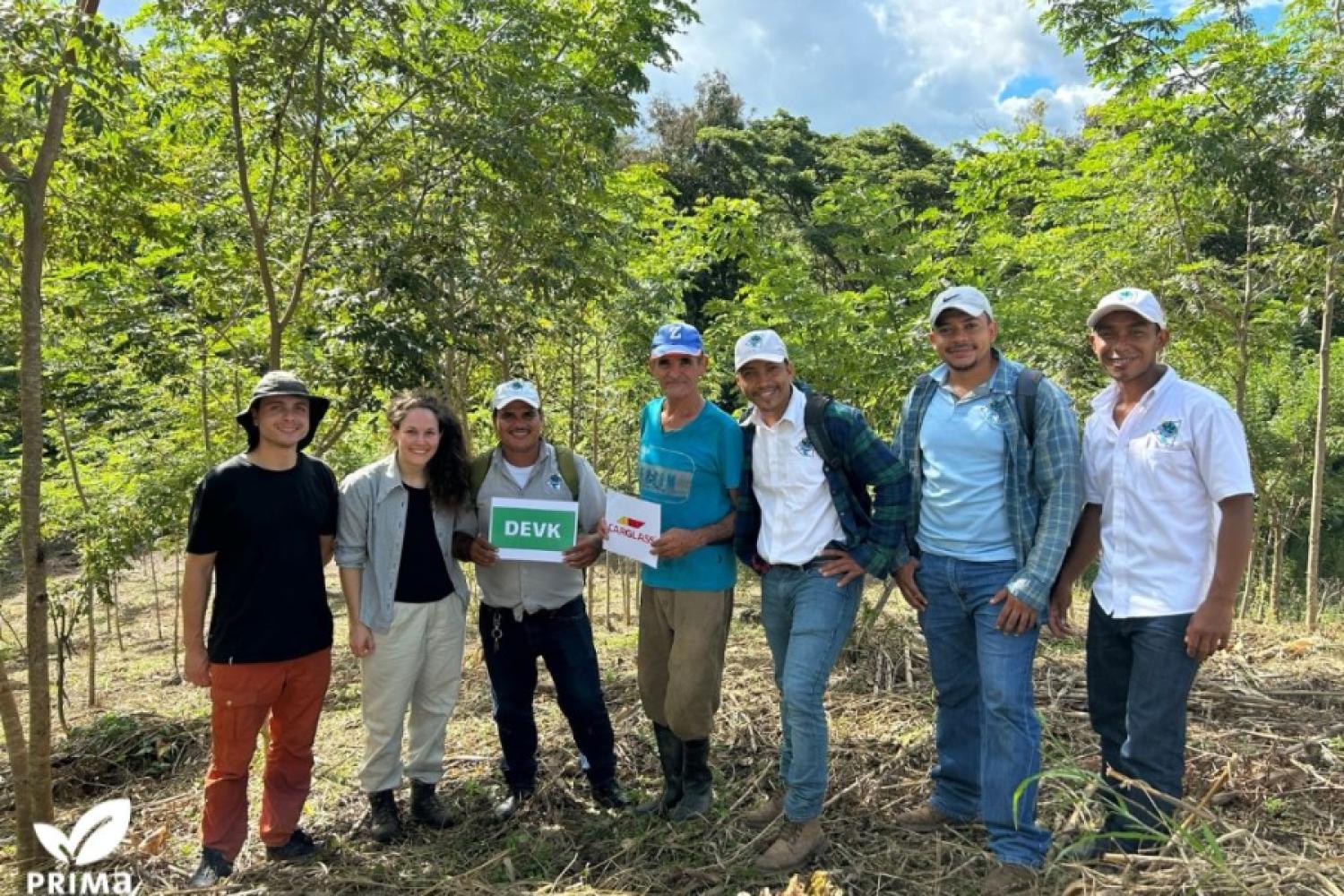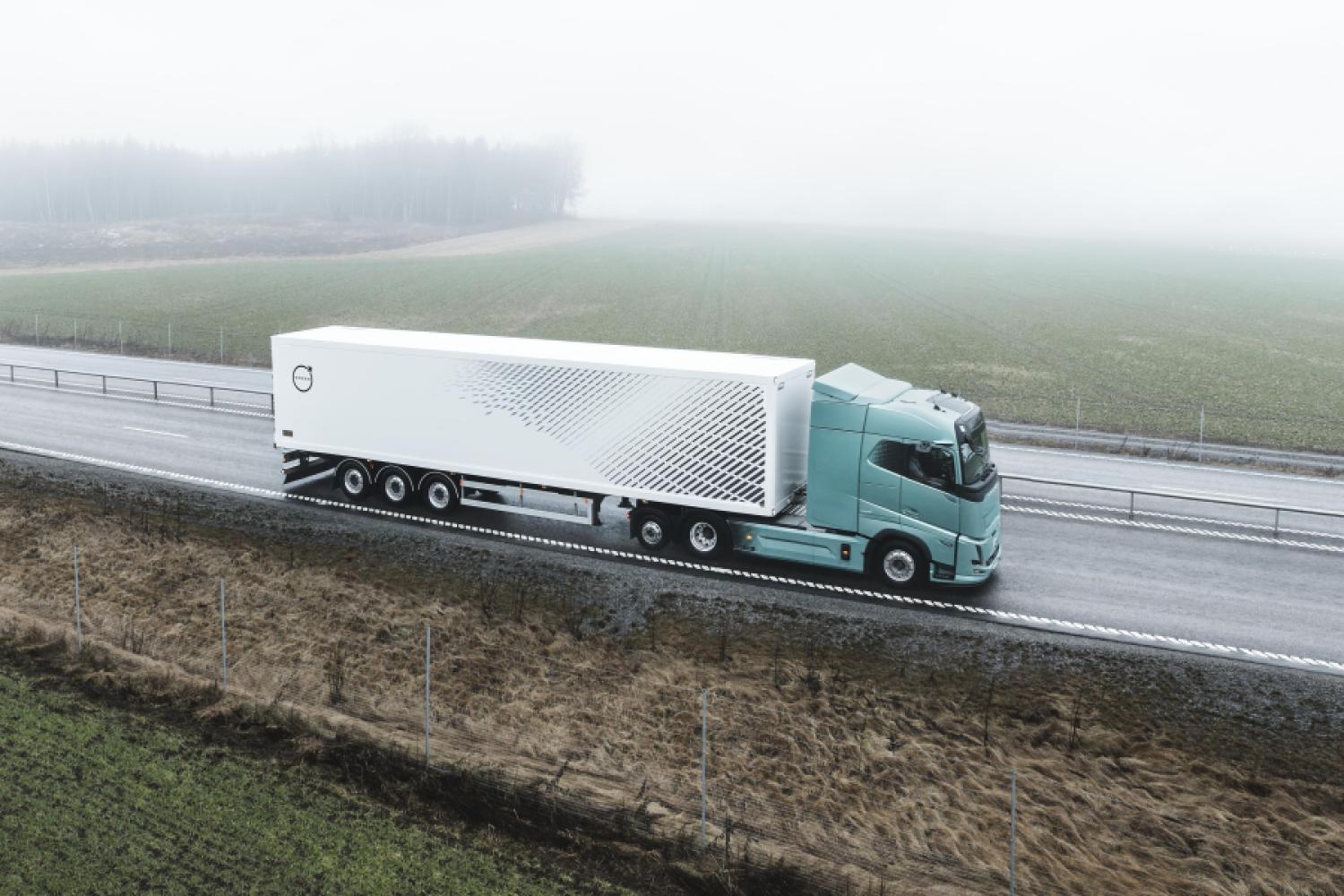The new Zero Direct Emission ferry from Scandlines has completed the first of two test voyages in the Turkish Sea of Marmara. Prior to this, it spent time at the shipyard's outfitting quay, where the ship's auxiliary systems were tested, and a successful heel test was conducted. The so-called Sea Acceptance Tests (SAT) were also completed.
Test under LoadDuring the voyage, the Cemre shipyard, in collaboration with Scandlines and under the class supervision by Lloyd's Register, tested the ship systems under load. Rasmus Nielsen, VP, Fleet and Administration at Scandlines:
"During the ten-day test voyage, the ship's batteries and electrical installations were tested. Additionally, we
were able to see the propulsion system in operation for the first time."
The ship is now back at the outfitting quay, where Scandlines, together with the shipyard, Lloyd's Register, and the Danish Maritime Authority, is testing, verifying, and documenting whether the ship meets the applicable regulations and technical specifications.
It is a comprehensive process to test the entire equipment of the ship, identify and solve potential challenges, and ensure that the crew is trained for the operation and maintenance of the ship, according to the ferry company.
The crew of the new electric ferry had already received the first introduction at home in Rødbyhavn
and participated in training at the shipyard. Among other things, the safety procedures were thoroughly reviewed.
Stop Planned in GibraltarOnce the ship is ready for operation, it will be handed over to Scandlines and set sail towards Rødbyhavn with part of the future crew at the helm. Stops are planned in Gibraltar on the southern coast of the Iberian Peninsula and in Brest on the French west coast. Scandlines COO Michael Guldmann Petersen:
"It will be a great day for us when we see our new ship arrive in Rødbyhavn, and we are incredibly excited to put it into operation. With our first completely emission-free
ferry, we are making a huge step towards our goal of operating without direct emission output on the Puttgarden-Rødby route by 2030."
The official christening of the ferry is scheduled to take place later this year in a ceremony connected with its deployment on the Fehmarnbelt, according to Scandlines.
Emission-Free Freight FerryLength: 147.4 meters Width: 25.4 meters Construction draft: 5.30 meters Cargo capacity: 66 freight units (approximately 1,200 lane meters) Passenger capacity: 140 Service speed: 16/10 knots Crossing time: 45 minutes from autumn 2025 Battery system: 10 MWh Charging time in port: 12 minutes from autumn 2025 Direct emissions during the crossing: 0 Project investment:

